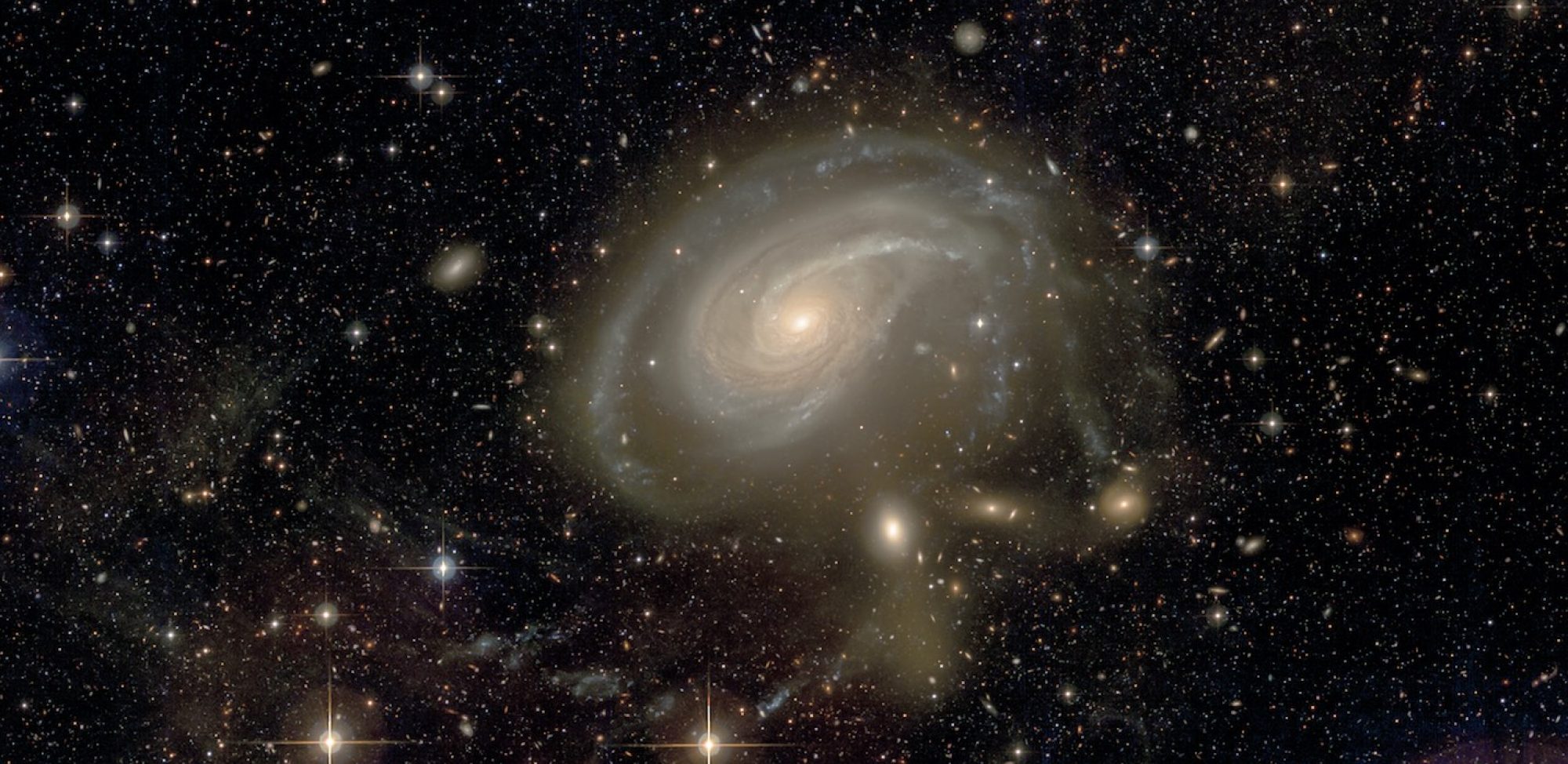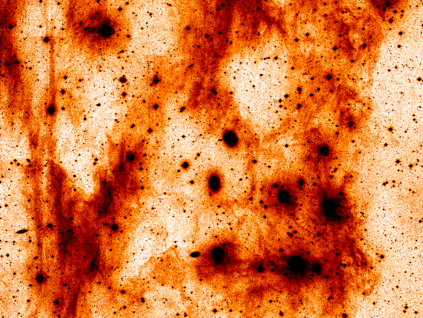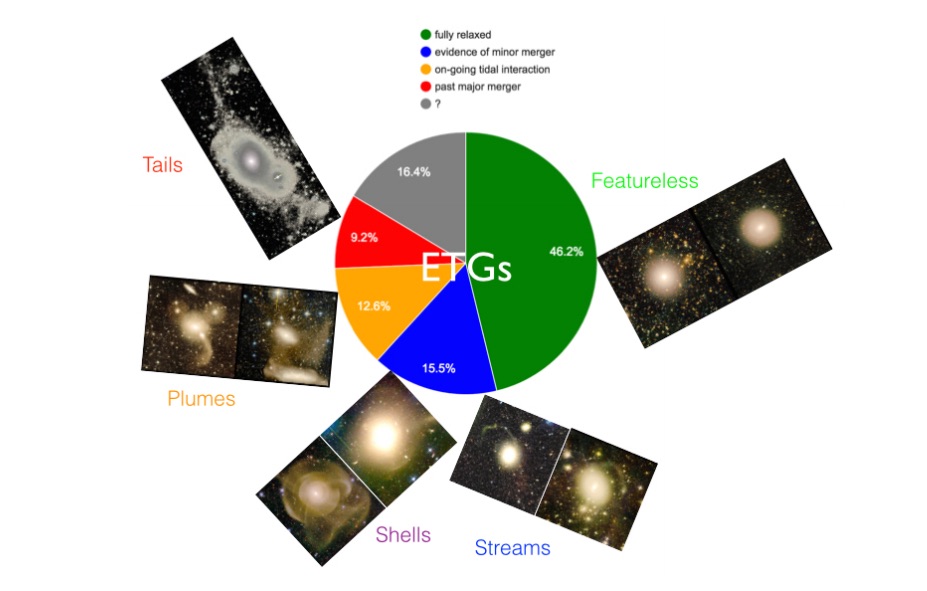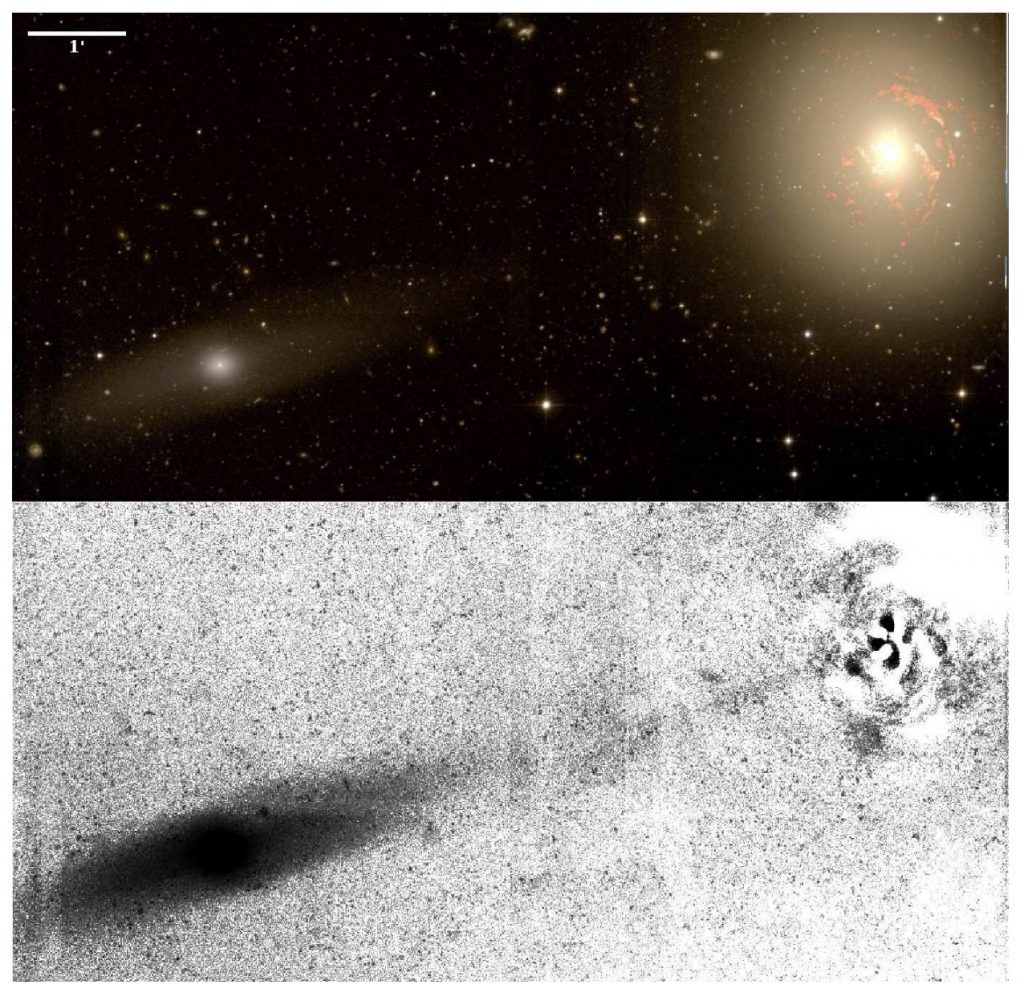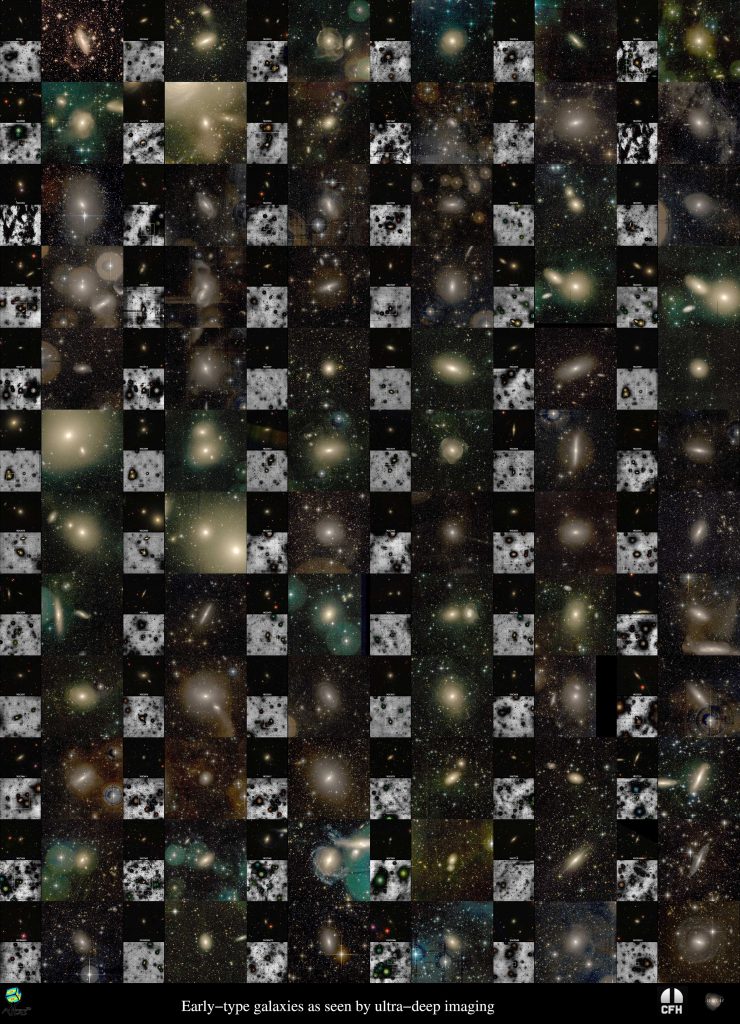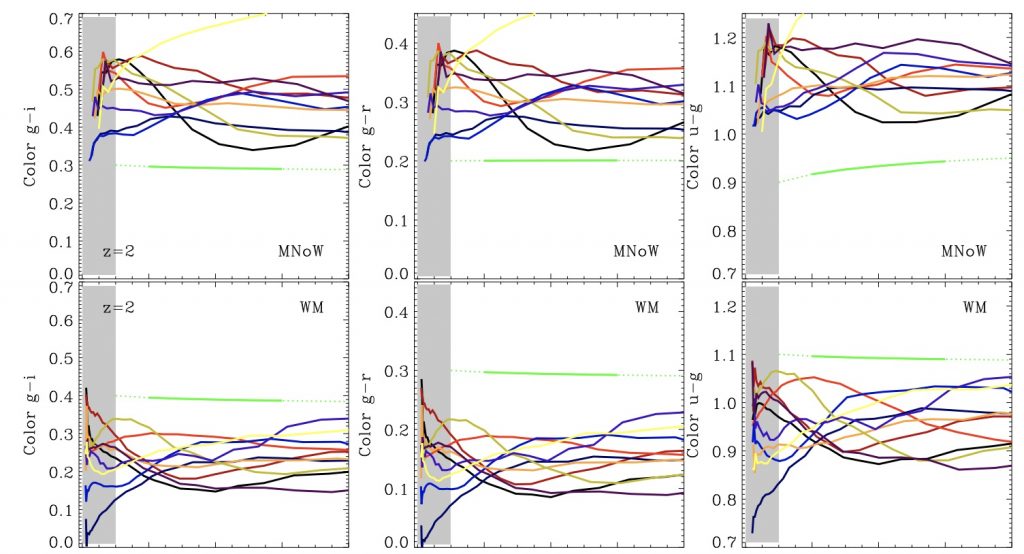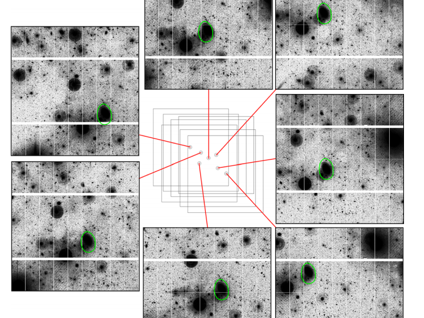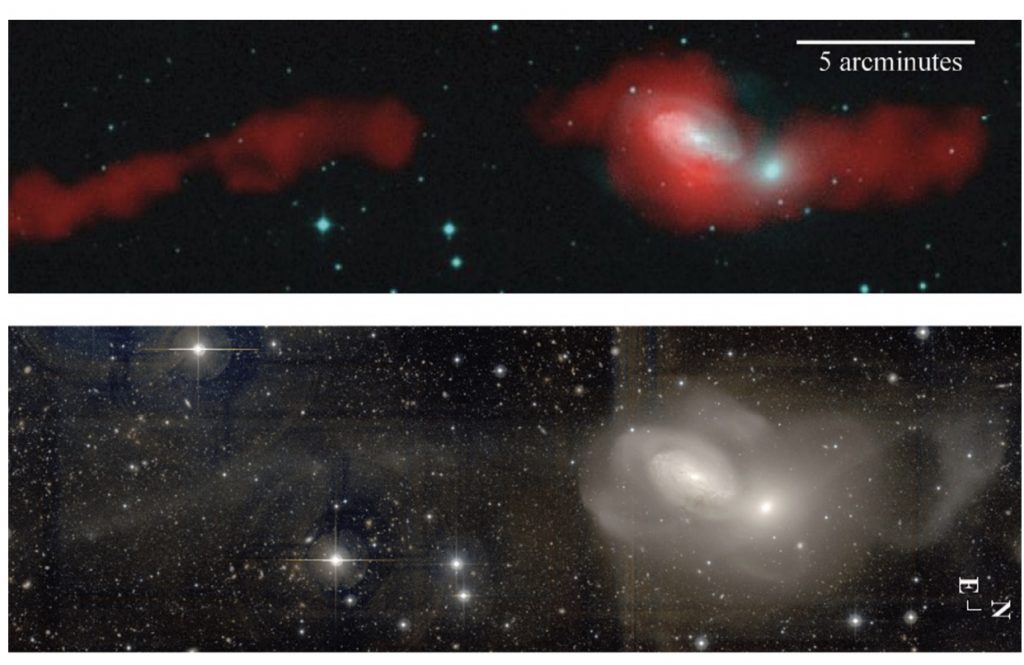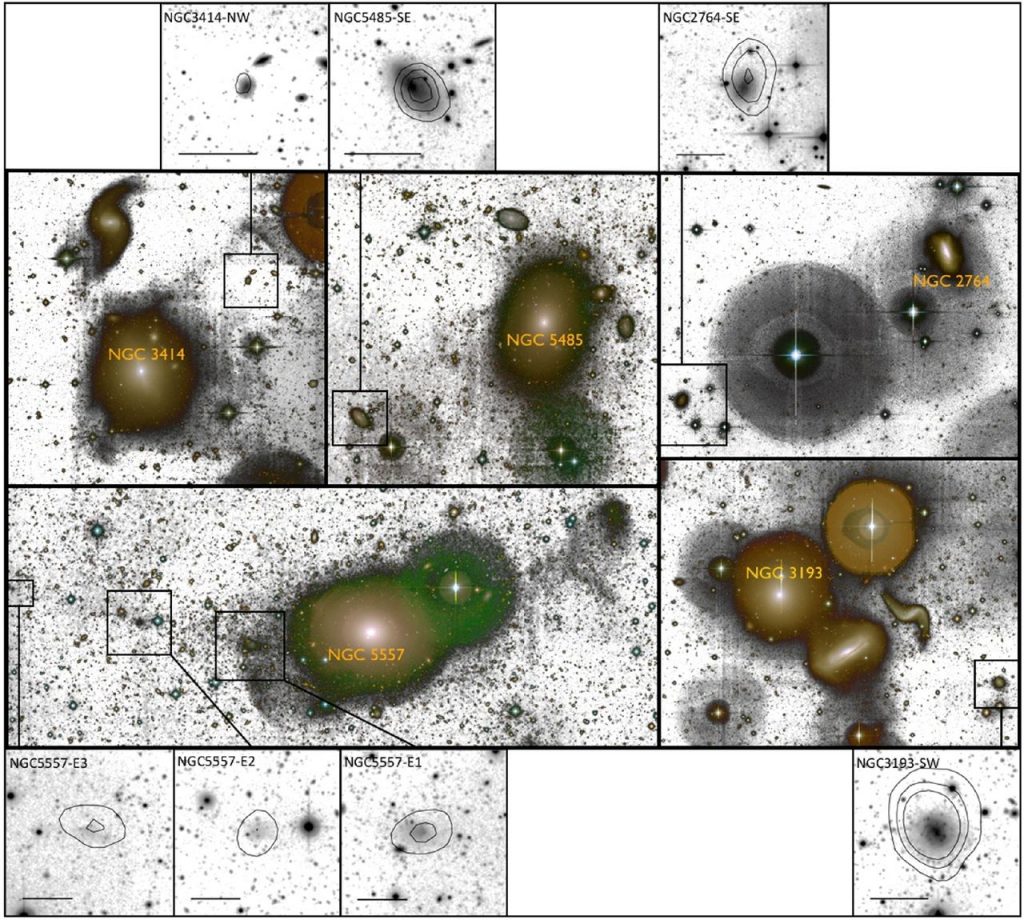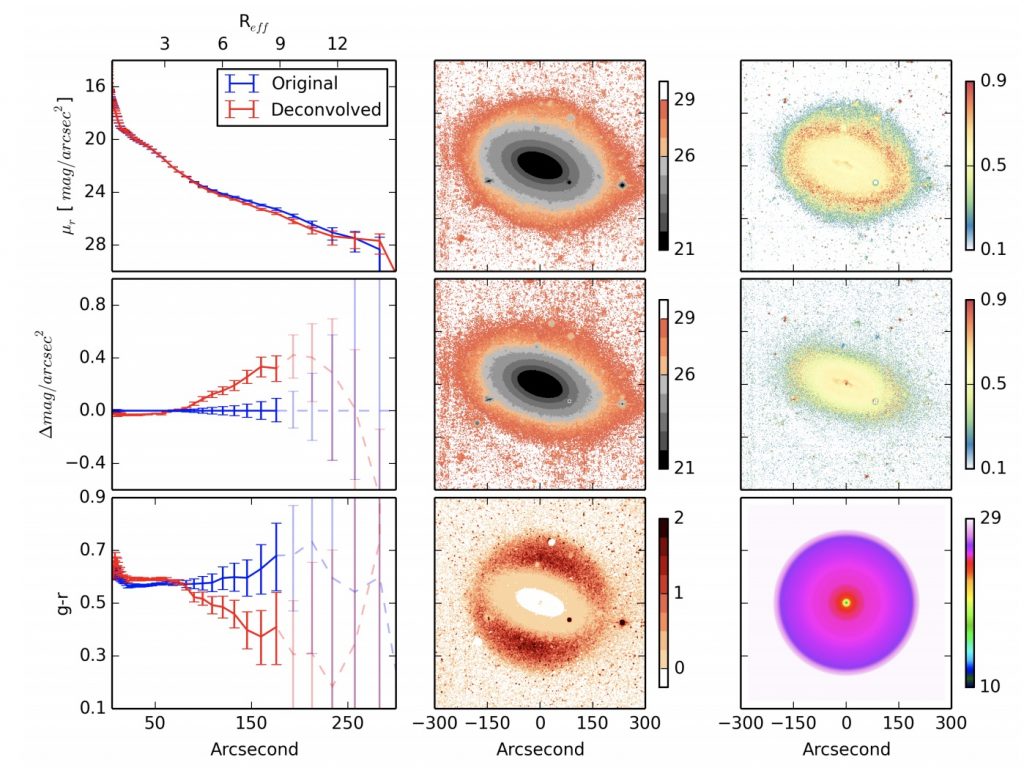
Deep imaging of the diffuse light that is emitted by stellar fine structures and outer halos around galaxies is often now used to probe their past mass assembly. Because the extended halos survive longer than the relatively fragile tidal features, they trace more ancient mergers. We use images that reach surface brightness limits as low as 28.5-29 mag arcsec-2 (g-band) to obtain light and color profiles up to 5-10 effective radii of a sample of nearby early-type galaxies.
Continue reading “A deconvolution technique to correct deep images of galaxies from instrumental scattered light”